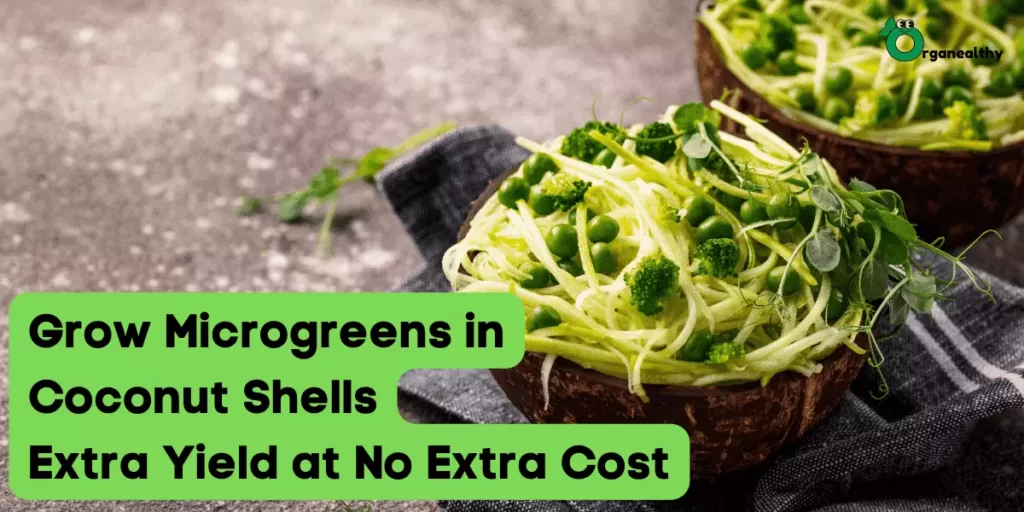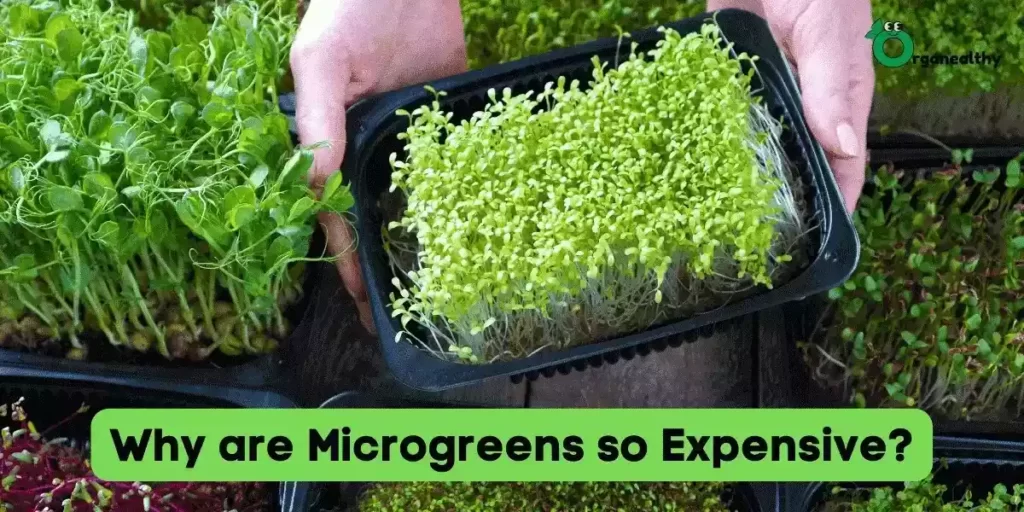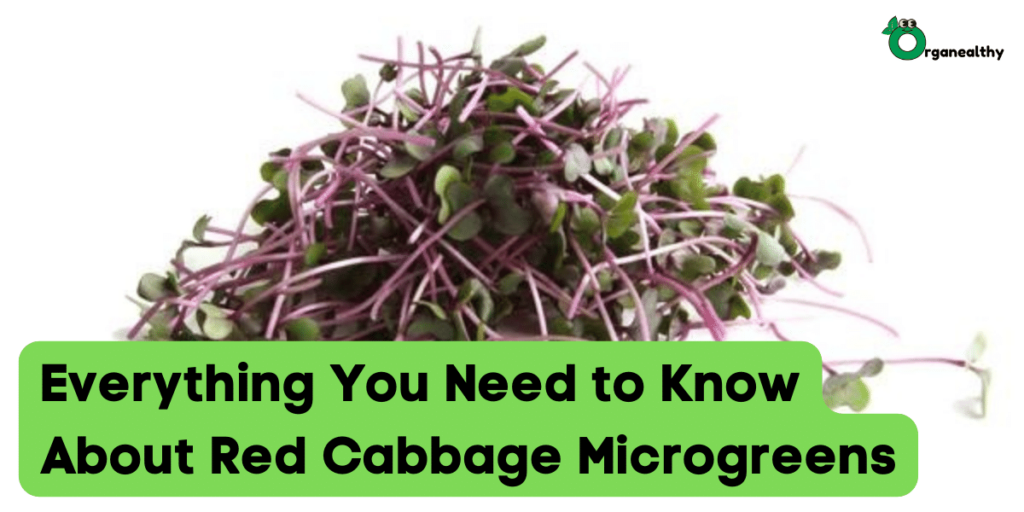Microgreens are quite popular for their taste and nutritional value. For novice gardeners, growing microgreens is the best option since it is easy and quick to grow them.
Also, microgreens are some of the most profitable crops to grow. (just in case you are looking to start a microgreens business!🤑)
These tiny seedlings boast concentrated flavor and impressive nutritional profiles, making them a popular choice for home kitchens and restaurants.
However, one of the most common questions beginners ask is, “Do microgreens regrow after cutting?”
In this article, I will share everything about this topic and also what to do with the soil/growing medium after harvesting your microgreens.
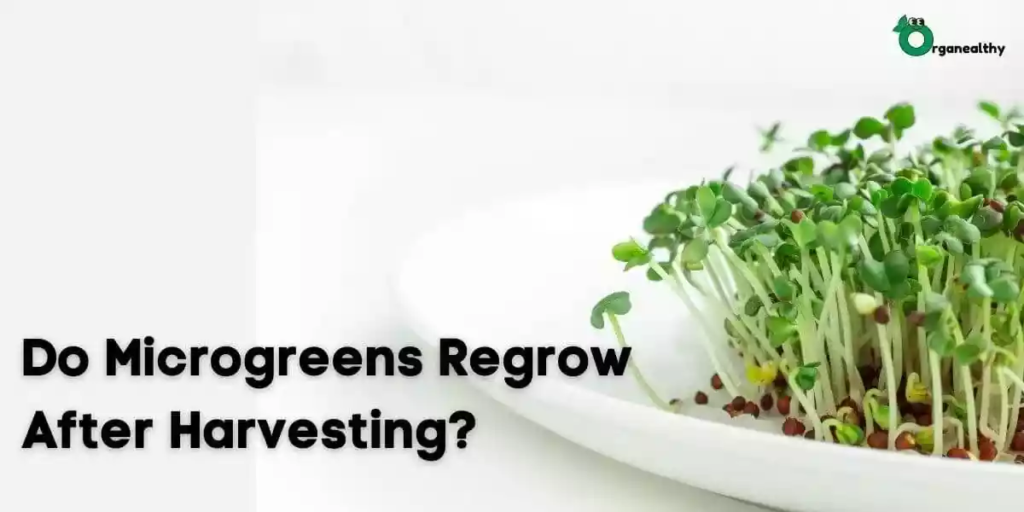
Do Microgreens Really Regrow?
In most cases, the answer is NO. Unlike their mature counterparts, microgreens are fueled by the limited energy reserves stored within their tiny seeds. This energy is primarily used for their initial growth spurt, leaving them with little to no resources for regrowing after harvest.
Therefore, starting fresh batches from seeds is generally the preferred method for most microgreen varieties. This ensures consistent yields and optimal nutrient content in your harvests.
Which Microgreens Regrow After Cutting?
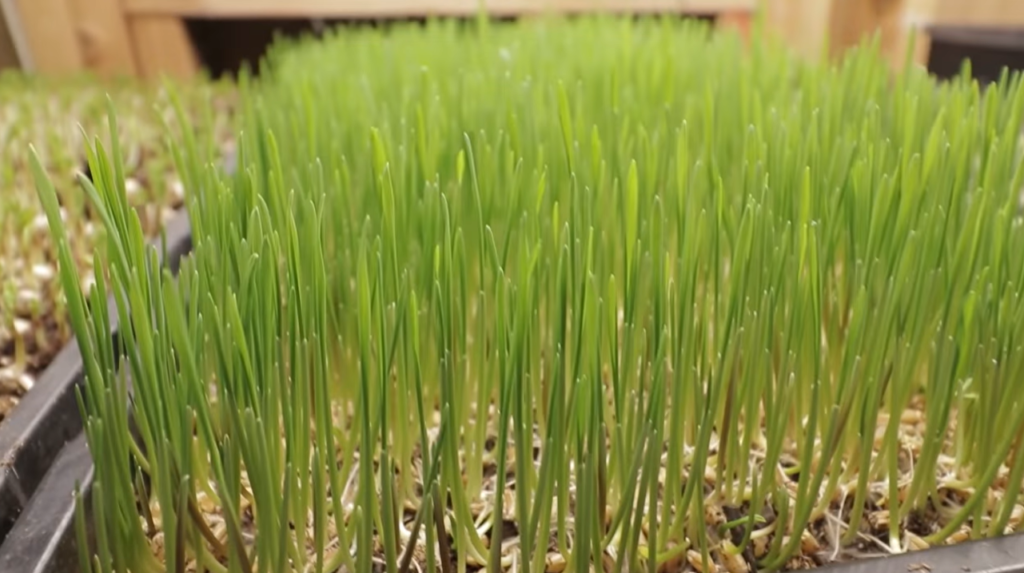
While regrowing isn’t the norm, a few specific microgreens offer a second chance at harvest, with some caveats:
- Wheatgrass: Although technically not a microgreen, wheatgrass can sometimes regrow several times. However, subsequent harvests often see diminishing yields and potentially reduced nutrient content.
- Pea Shoots: These fast-growing greens are the champions of regrowth. If you cut them just above the lowest leaf node, they may surprise you with a single additional harvest.
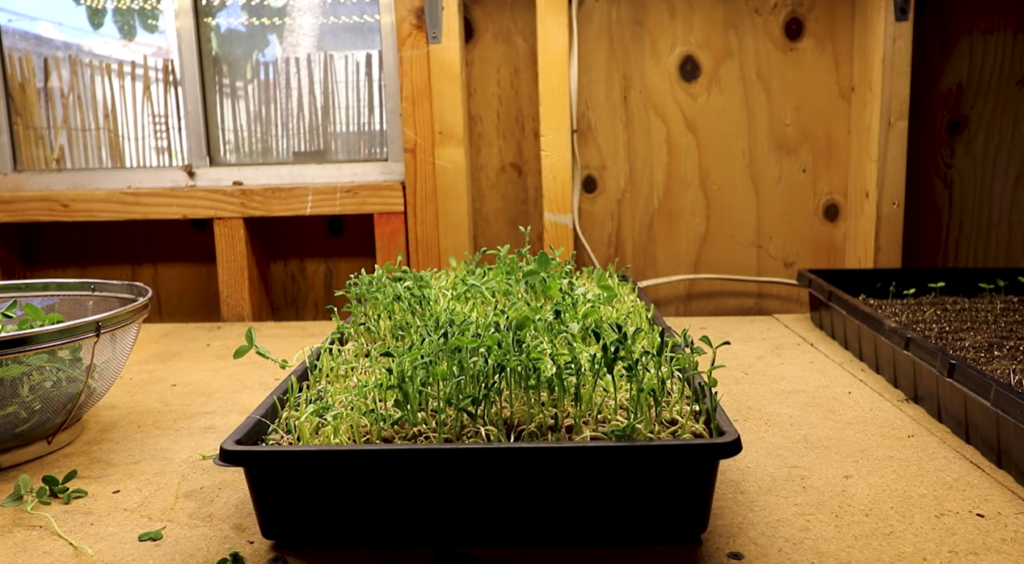
- Sunflower Shoots: Similar to pea shoots, sunflower shoots can sometimes regrow from the base after harvesting, but success is not guaranteed.
- Beet Greens: While less reliable than pea shoots, beet greens sometimes surprise gardeners with a second harvest if cut carefully just above the soil line.
Do Microgreens Keep Growing if You Don’t Harvest Them?
Yes, they do. In fact, if you let them grow beyond the typical 14 days, they are no longer referred to as microgreens; they become baby greens, an elder version of microgreens.
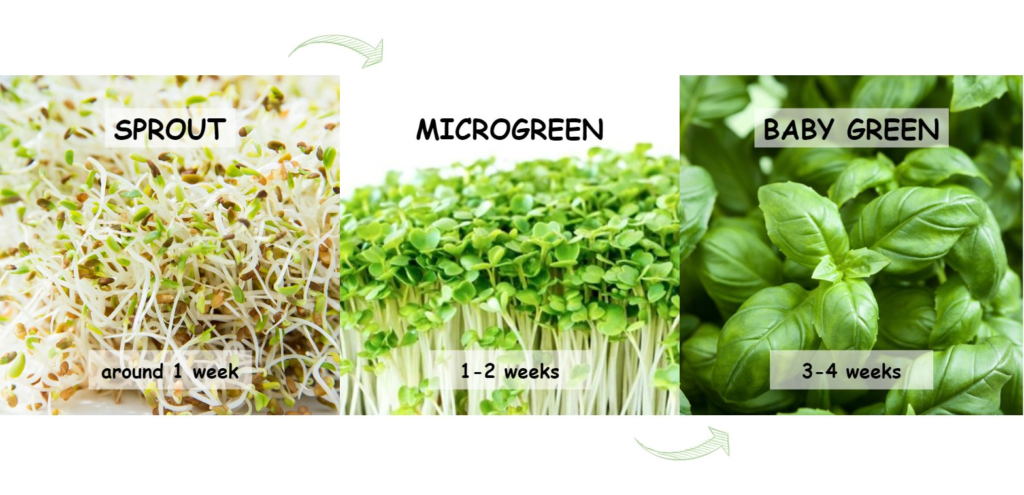
Source: GOhydro
One more thing you must remember is that microgreens are popular for their fresh and feisty taste. So, growing them beyond the typical 10 to 14 days will also impact their taste and nutritional values.
Microgreens are densely nutritional because they are harvested at such an early stage. If you leave them unharvested, the nutritional density will decrease, and the taste will pale.
🔔Check out my guide on the best-tasting microgreens you can grow today!
Maximizing Your Microgreen Harvest: Strategies for Abundance
Since regrowing isn’t a reliable option for most microgreens, here are some strategies to maximize your microgreen harvest from the first cut:
- Plant Densely: Sowing seeds close together encourages vertical growth, leading to a higher yield from your initial harvest.
- Staggered Planting: Plant multiple trays at different times to ensure a continuous supply of fresh microgreens, eliminating the need to rely on regrowth.
- Choose Fast-Growing Varieties: Opt for microgreens known for their rapid growth cycles, such as radish, arugula, and mizuna. These varieties will provide quicker harvests and minimize the waiting time between plantings.
Along with all these growing tips, providing appropriate lighting conditions for your microgreens is crucial. A 6500K T5 LED light provides the optimum lighting environment for your microgreens to thrive in.
🔔 Check out my guide on the best lights for microgreens.
What to Do with the Soil and Roots After Harvest: Repurpose or Renew?
After harvesting your microgreens, you have two options for the remaining soil and roots.

Composting
This is the most sustainable option. The spent growing medium can be added to your compost bin, which will decompose and provide valuable nutrients for future plant life.
Repurposing the Soil
If the growing medium is still in good condition, you can reuse it for another batch of microgreens.
However, be sure to remove any leftover roots or seed casings and replenish the soil with nutrients before reseeding. This ensures optimal growing conditions for your next batch of microgreens.
Remember, while regrowing isn’t the most efficient way to enjoy microgreens, experimenting with different varieties and planting techniques can help you optimize your harvest and enjoy these flavorful and nutritious greens throughout the year.
Frequently Asked Questions About Microgreens Regrowing
How long do microgreens take to regrow?
Microgreen regrowth is very uncommon, and it comes with multiple drawbacks, such as mold infection, uneven growth, pale taste, lesser nutritional density, and more.
So, instead of regrowing your microgreens, I’d suggest using that time and energy to grow a new batch of microgreens with new seeds.
Can I just cut the roots and replant the microgreens?
No, I recommend against it as the success rate is very low. Additionally, there is a high risk of mold growth.
What are the best conditions for growing microgreens?
These are the best conditions to grow your microgreens:
Seeds: Get high-quality seeds from a trustworthy supplier, such as True Leaf Market, and store them in a dry container at room temperature.
Growing Trays: Use 10inX20in growing trays. Ensure they have not been used before; if they have, thoroughly clean and sterilize them. Shallow trays with good drainage work well. You can even grow microgreens in coconut shells.
Soil/Growing Medium: Coco coir can be used as a growing medium; you will get the same results as growing in soil. Opt for a well-draining, sterile seed starting mix or coco coir. Avoid using soil from your garden. Check out the best soils for microgreens.
Light: You can use a CFC or an LED grow light to grow your microgreens; however, I recommend you go with LED. They consume less electricity, offer better lighting, and are harmless in case of breakage.
Moisture: Keep the growing medium consistently moist but not soggy. Daily misting or watering from the bottom are some of the most popular methods of keeping your growing medium moist for a long time.
Temperature: Aim for a comfortable room temperature, ideally between 60°F and 75°F (15°C to 24°C).
These are just the basics, but with these conditions in mind, you’ll be well on your way to successfully growing your own microgreens!
What are the best conditions for growing microgreens?
These are the best conditions to grow your microgreens:
- Seeds: Get high-quality seeds from a trustworthy supplier, such as True Leaf Market, and store them in a dry container at room temperature.
- Growing Trays: Use 10inX20in growing trays. Ensure they have not been used before; if they have, thoroughly clean and sterilize them. Shallow trays with good drainage work well. You can even grow microgreens in coconut shells.
- Soil/Growing Medium: Coco coir can be used as a growing medium; you will get the same results as growing in soil. Opt for a well-draining, sterile seed starting mix or coco coir. Avoid using soil from your garden. Check out the best soils for microgreens.
- Light: You can use a CFC or an LED grow light to grow your microgreens; however, I recommend you go with LED. They consume less electricity, offer better lighting, and are harmless in case of breakage.
- Moisture: Keep the growing medium consistently moist but not soggy. Daily misting or watering from the bottom are some of the most popular methods of keeping your growing medium moist for a long time.
- Temperature: Aim for a comfortable room temperature, ideally between 60°F and 75°F (15°C to 24°C).
These are just the basics, but with these conditions in mind, you’ll be well on your way to successfully growing your own microgreens!
Conclusion
So, I have established the fact that most microgreens will not regrow. Some microgreens, such as pea shoots and wheatgrass, are exceptions due to their shape, but most microgreens cannot be regrown.
If you want to regrow microgreens to maximize your microgreens harvest, then instead of regrowing, try other methods like growing fast-growing varieties, planting seeds densely, or staggered planting, etc.
You can experiment with growing different microgreen varieties and try different planting methods that suit your environment. Here’s an idea, why don’t you try growing some of the healthiest microgreens? 😉



